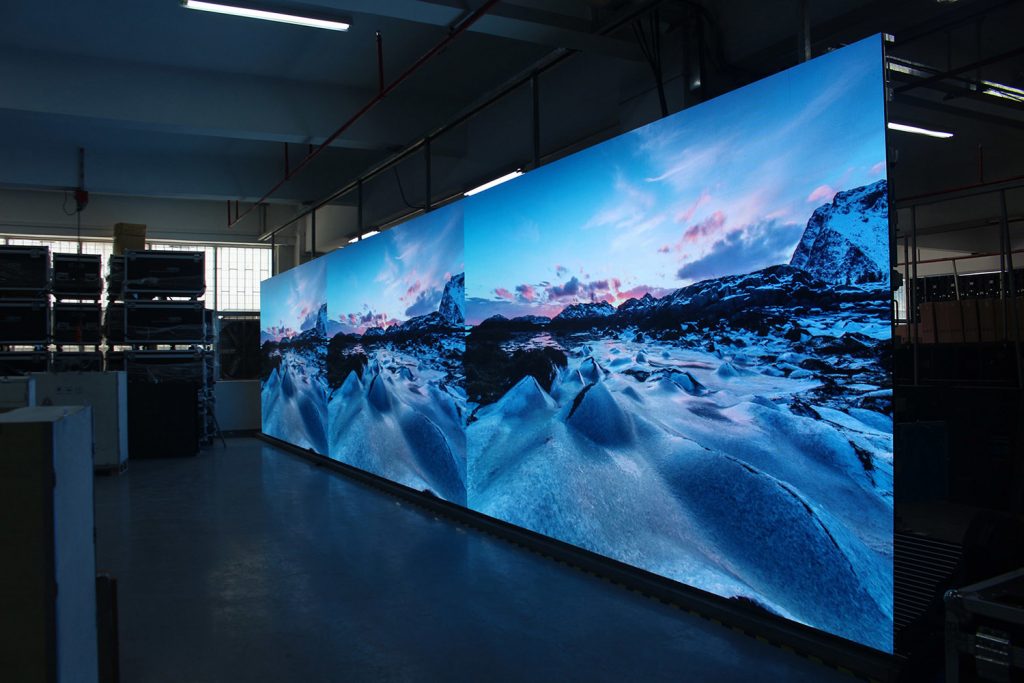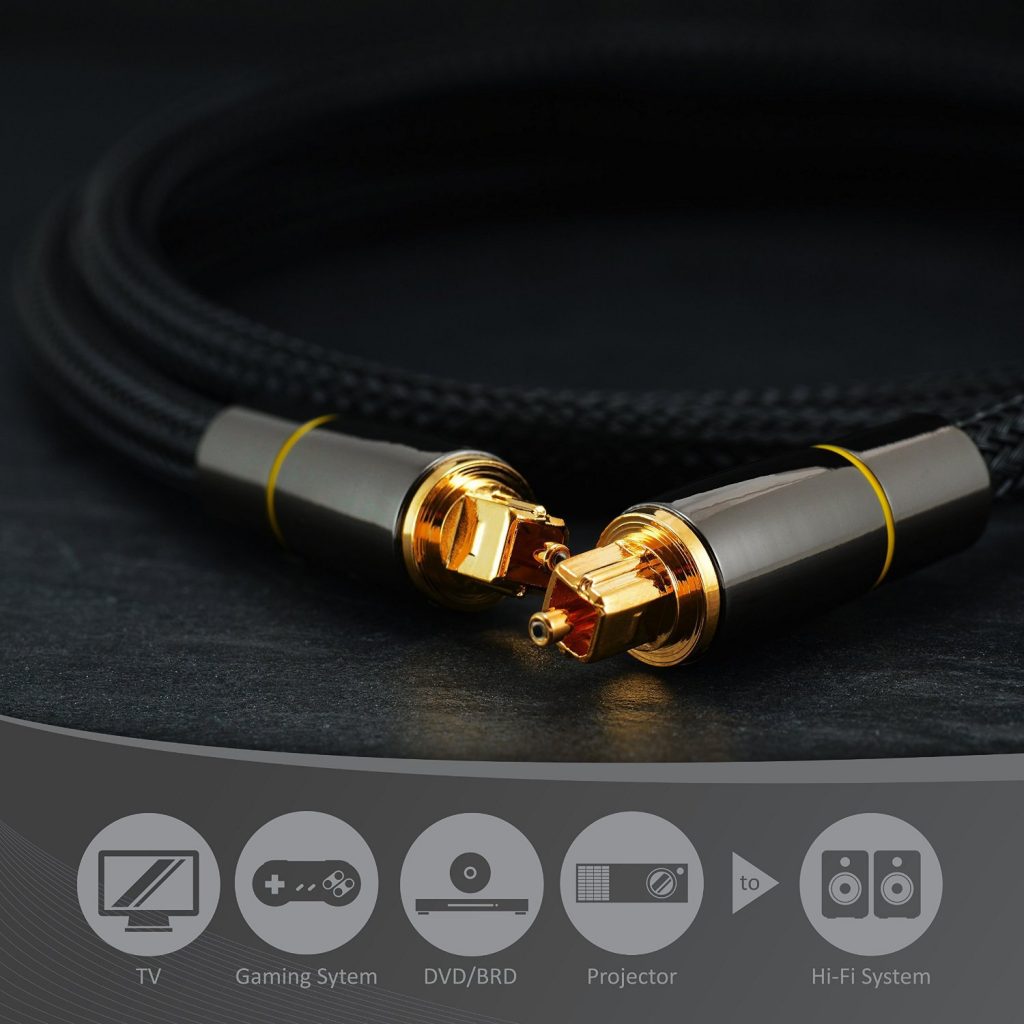Fiber optics technology has revolutionized the audio visual industry by providing high-speed data transfer, clear signals, and reliable connectivity over long distances. This has led to the development of more reliable and high-quality audio-visual systems that are used in various industries such as broadcasting, entertainment, and telecommunications.
Active optical fiber technology has taken this even further, offering a more efficient and reliable solution for high-bandwidth audio visual applications.
Advantages of using Fiber Optic
- High Bandwidth: Fiber optics can transmit large amounts of data at high speeds, making it ideal for applications like streaming high-definition video or audio.
- Immunity to Interference: Unlike copper wires, fiber optic cables are immune to electromagnetic interference (EMI) and radio frequency interference (RFI), ensuring high-quality signal transmission without any distortion or noise.
- Long Distance Transmission: Fiber optics can transmit data over much longer distances than copper cables without experiencing signal degradation, making it suitable for applications where long cable runs are required.
- Lightweight and Compact: Fiber optic cables are lightweight and have a small form factor, making them easy to install and ideal for applications where space is limited.
- Security: Fiber optics are extremely difficult to tap or intercept, making them a secure option for transmitting sensitive information.
- Durability: Fiber optic cables are more durable than copper cables, as they are not susceptible to damage from environmental factors like moisture or temperature changes.
Active optical fiber technology uses a hybrid cable that integrates fiber optic and copper wires to transmit signals. This enables high-speed data transfer without the need for signal boosters or repeaters, resulting in a more efficient and reliable connection. Therefore, Active Optical Fiber technology is ideal for a range of audio visual applications, including:
Home & Gaming
Cinema


HD Conferencing
LED Wall Display


Live Events Show
Broadcasting


Digital Audio
AR & VR

